When I stepped onto Llanes’ rugged coast, wild beauty surrounded me everywhere. The Cantabrian Sea had shaped this place with a kind of raw power you can’t ignore.
Waves slammed into jagged cliffs, and skinny trails twisted down to beaches so well-hidden, I almost wondered if I’d found someone’s secret stash. Even with all these views, Llanes still flies under the radar for most travelers.
The famous blowholes—locals call them “bufones”—immediately grabbed my attention. These massive holes in the rocks shoot seawater up like geysers when the tide’s right.

Image Source: Flickr
Exploring Llanes’ coastline really showed me how nature carves out jaw-dropping sights, from quiet sandy coves to wild arches and caves.
I wandered those quiet paths, listening to nothing but seabirds and the wind. It hit me—this place is a dream for anyone who loves coastal adventures or a good hike. Every turn surprised me, and now I honestly can’t wait to share my favorite finds—hidden beaches, natural blowholes, and some trails I’ll never forget.
First Glimpse of Llanes’ Dramatic Coastline
Asturias’ coast greeted me with a wild mix of cliffs, rolling waves, and rocky beaches. Llanes hugs the Cantabrian Sea, and its views grab you from the start.
Arriving in Llanes: Setting the Scene
When I rolled into Llanes, fishing boats bobbed in the port. The town buzzed with life—cafés packed with locals, stone houses lining twisty streets, and green hills rising in the distance.
My first walk took me straight to Paseo de San Pedro, a grassy path where everyone seems to hang out. From there, I could see the sharp cliffs and the wild sea below. The waves crashed loud enough to echo off the rocks.
Even looking down from above, I spotted hidden coves and gold strips of sand tucked between the rocks. Locals pointed out the “bufones”—those blowholes where, on stormy days, seawater bursts up from the ground with a roar. This coastline never really sits still; wind and waves keep changing it.
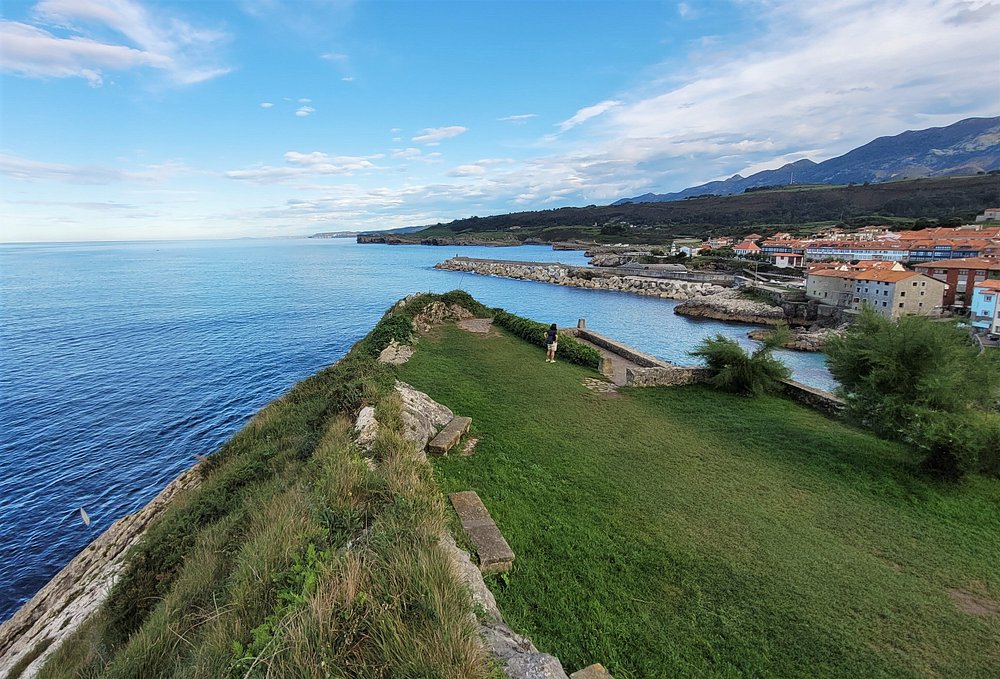
Image Source: Tripadvisor
Overview of the Cantabrian Sea’s Unique Geography
Llanes’ coastline is all about contrasts. Gentle meadows suddenly drop off into steep limestone cliffs, some falling straight into the sea. Over thirty beaches are scattered along these shores, each with its own quirks and stories.
I didn’t have to walk far to find secret inlets and sea caves hiding behind the rocks. The strong tides of the Cantabrian Sea carved out many of these spots over centuries. I noticed the sand changed color from place to place—sometimes gold, sometimes pale, sometimes almost silver if the light was right.
A special thing here is the web of coastal trails running along the cliffs. These paths wind past old stone walls, wildflowers, and cows grazing with ocean views that never get boring. Every step brought a new angle—another hidden cove, another blast of salty wind in my face.
Highlights of Llanes’ Geography:
| Feature | Description |
|---|---|
| Cliffs | High, jagged limestone, dramatic drop |
| Beaches | Over 30, each with unique features |
| Blowholes | Natural sea geysers (bufones) |
| Coastal Paths | Trails above cliffs, sea vistas |
| Sea Caves/Inlets | Carved by tides and storms |
Llanes just keeps surprising you—there’s something new around every bend, every beach, every path.
Hidden Beaches Waiting to Be Discovered
There’s nothing quite like wandering Llanes’ wild coastline, where hidden beaches nestle behind cliffs and green hills. Each cove has its own surprise—sometimes golden sand, sometimes clear blue water. If you’re willing to go off the beaten track, you’ll find real gems.
Trekking to Secluded Coves
Getting to these secret beaches is an adventure in itself. Narrow paths twist through meadows and hug the edge of rugged cliffs. I remember following barely-marked trails, just listening for the waves below.
Some coves, like Playa de Torimbia, make you climb a bit, but the view from up there is so worth it. You’ll want sturdy shoes and a bit of grit. Not all routes are great for little kids or anyone who needs easy access. If you ask nicely in Spanish, locals might point you in the right direction.
A few beaches stay hidden, even from locals. Some only appear at low tide, like a tiny rocky spot I found near Pría. Always check the tide tables and keep an eye on the clock so you don’t get stuck.
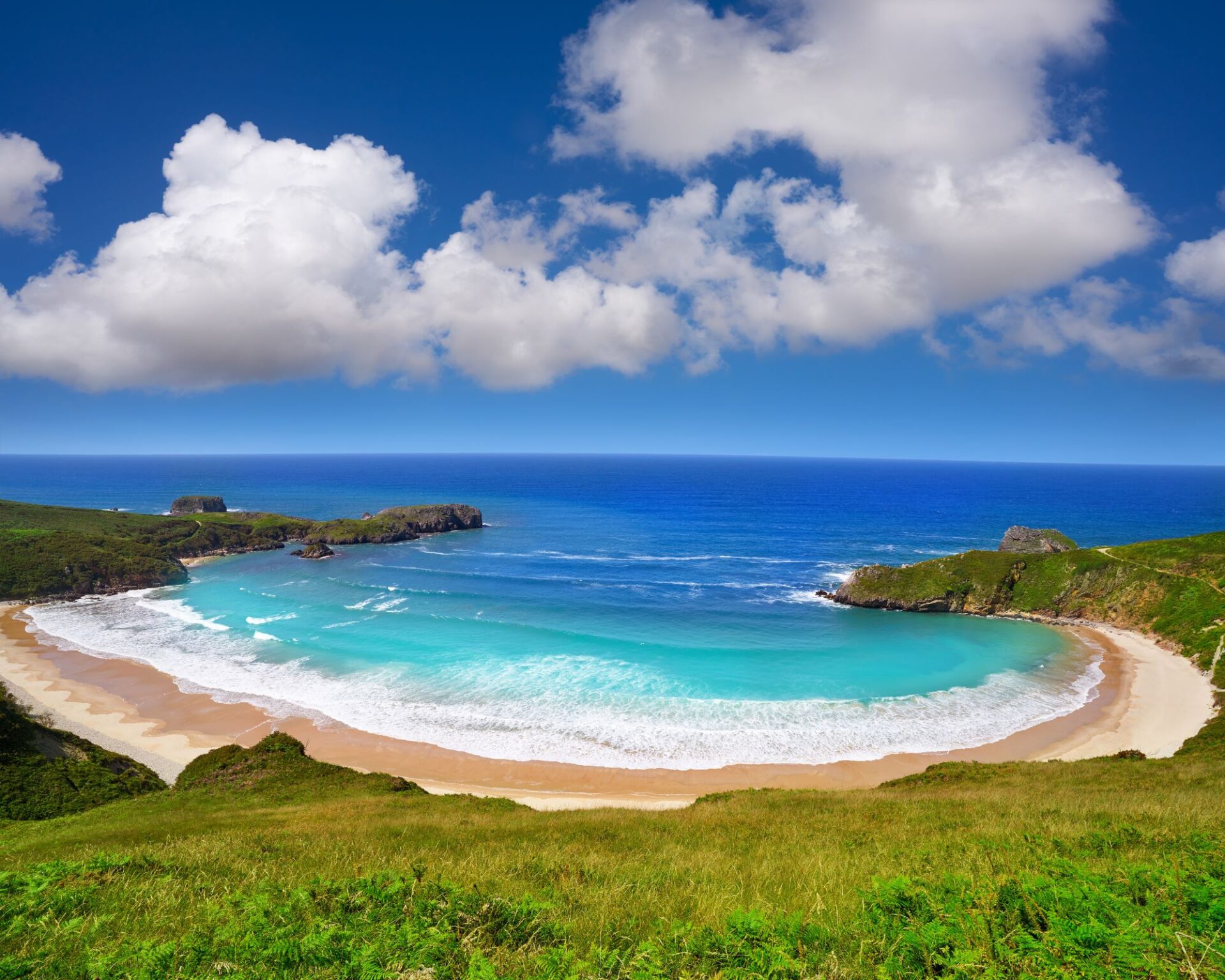
Crystal Clear Waters and Unexpected Sandy Stretches
What I loved most? The scenery changed at every beach. Some spots offered soft golden sand, warm after a morning walk. Others had smooth pebbles or black rocks draped in seaweed.
The water here is crazy clear. I watched little fish dart around my toes at Playa de Ballota. On calm mornings, the waves barely moved—perfect for a swim or just sitting quietly on the sand.
Some beaches stay empty, even in summer. The farther I walked from main access points like Llanes or Ribadesella, the fewer people I saw. With a picnic and some water, I could hang out all day, soaking up the peace.
Tips for Finding Off-the-Beaten-Path Spots
A little planning helped me find the best hidden beaches without any letdowns.
A few tips:
- Bring a map or download one. Don’t count on cell service.
- Ask locals for their favorite spots—they know the paths tourists miss.
- Check tide times before you go. Some beaches disappear at high tide.
- Pack water, snacks, and sunscreen. Don’t expect facilities.
- Wear sturdy shoes—the paths can get rough or rocky.
- Go early or late for the most peace and quiet.
I always tossed a small first-aid kit in my bag and let someone know my plan, just in case. It made the whole adventure feel safer and more relaxed.
Exploring the Famous Bufones: Nature’s Spectacle
As I walked the cliffs of Llanes, the coastline seemed to come alive with wild surprises. The Bufones—those crazy blowholes—blew my mind. The Cantabrian Sea packs a punch, and these natural wonders prove it.
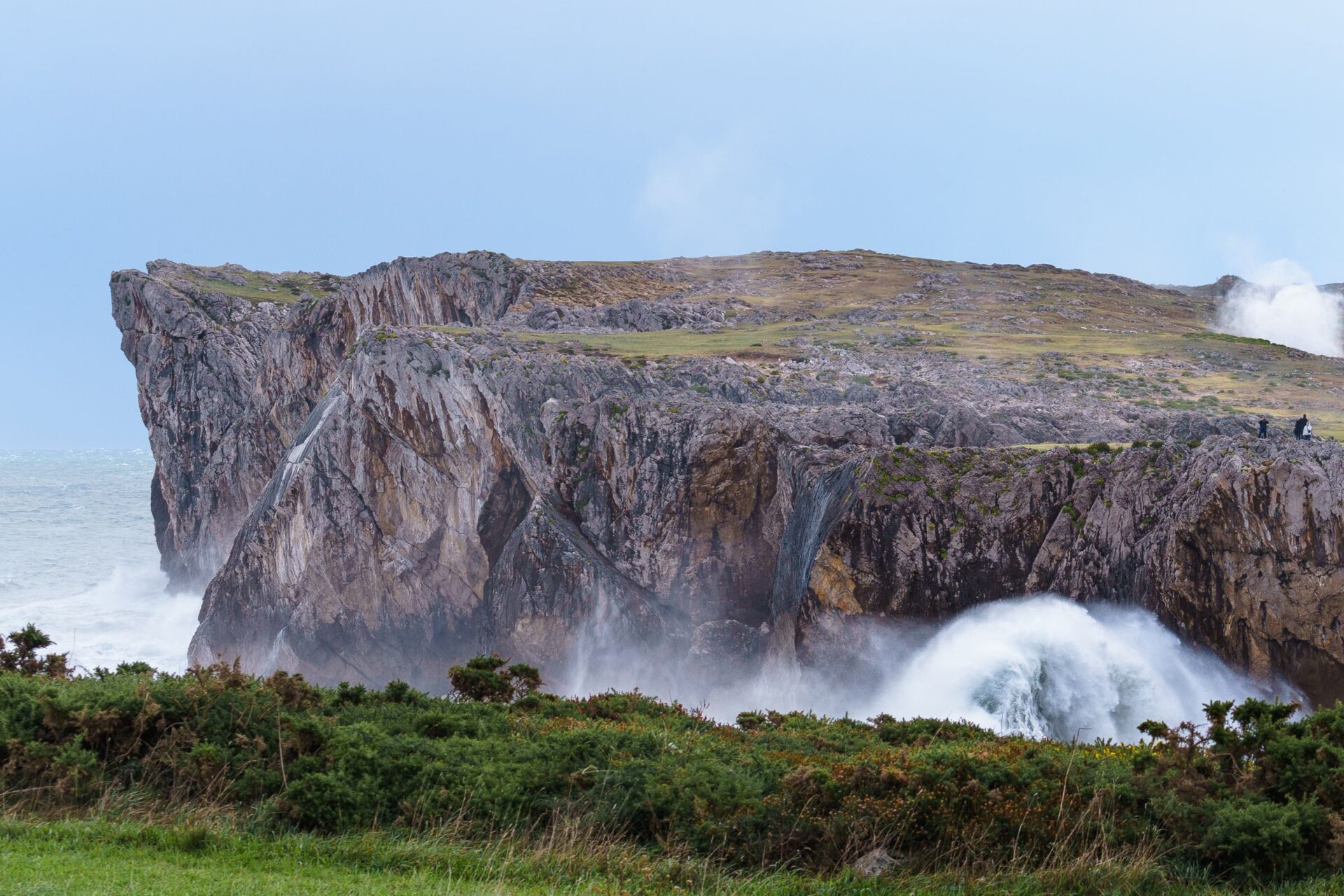
Understanding Llanes’ Blowholes
Bufones only exist here on the Asturias coast. Seawater carves tunnels through limestone rocks near the shore, and over time, these tunnels reach the surface. That’s when trapped waves explode upward through vents in the rock.
I heard a deep rumble before I ever saw them. Locals call it “the breath of the earth.” During high tide or storms, water and air blast through the holes, shooting up meters into the sky—almost like natural geysers.
Don’t miss these spots:
- Bufones de Pría: Famous for strong sprays and booming sounds.
- Arenillas: The biggest blowhole around.
- Santiuste: Super dramatic, especially when the sea gets wild.
You have to be careful. Getting too close is risky, especially when the waves are high. I stuck to marked trails and paid attention to the warning signs.
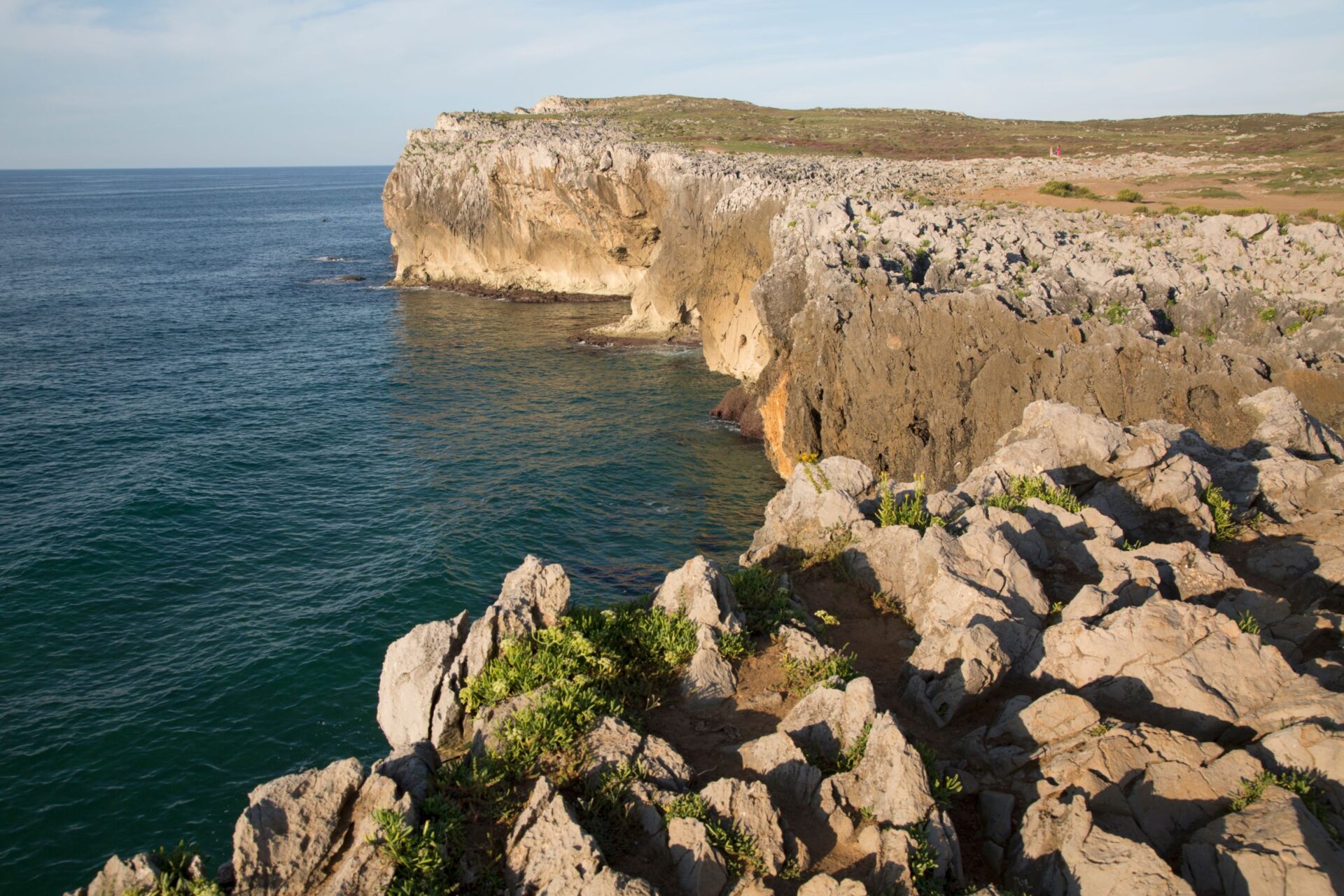
Witnessing the Power of Bufones in Action
Watching the bufones go off is something I won’t forget. On windy days, the Cantabrian Sea rushes into those underground channels, and suddenly—bam!—a jet of misty water shoots straight up. Each blast is loud, sharp, and totally unpredictable.
I felt the ground shake under my feet. A salty spray hung in the air, catching the light. Travelers around me gasped and snapped photos every time. If you want to see the bufones at their best, go between autumn and spring when the waves are wildest.
Some quick tips:
- Visit during high tide for more action.
- Wear a rain jacket—you’ll probably get wet.
- Stay behind the fences.
- Early morning or late afternoon light makes photos pop.
The bufones aren’t just a tourist attraction—they’re a wild reminder of how alive this coastline really is.

Coastal Walking Routes and Scenic Trails
Llanes’ coastline stretches for miles, packed with cliffs, hidden coves, and untamed ocean views. The coastal paths wind through forests, over meadows, and right up to the roaring Cantabrian Sea.
Best Hiking Paths Along Llanes’ Cliffs
One of my favorite trails started at the lighthouse—Faro de Llanes—and quickly led me out of town into open fields. The path followed old cliffside tracks that fishermen once used, lined with rugged limestone and windswept grass.
I spent hours on the Senda Costera, a coastal route linking beaches like Torimbia and Gulpiyuri. The trails are well-marked, usually with wooden posts and clear signs. I loved stumbling onto secret coves and catching the bufones in action—sprays shooting up from the rocks.
Some trails wandered through tiny villages, where I’d stop for fresh bread or cheese from little shops. If you’re up for it, you can walk past over 20 beaches in a single day.
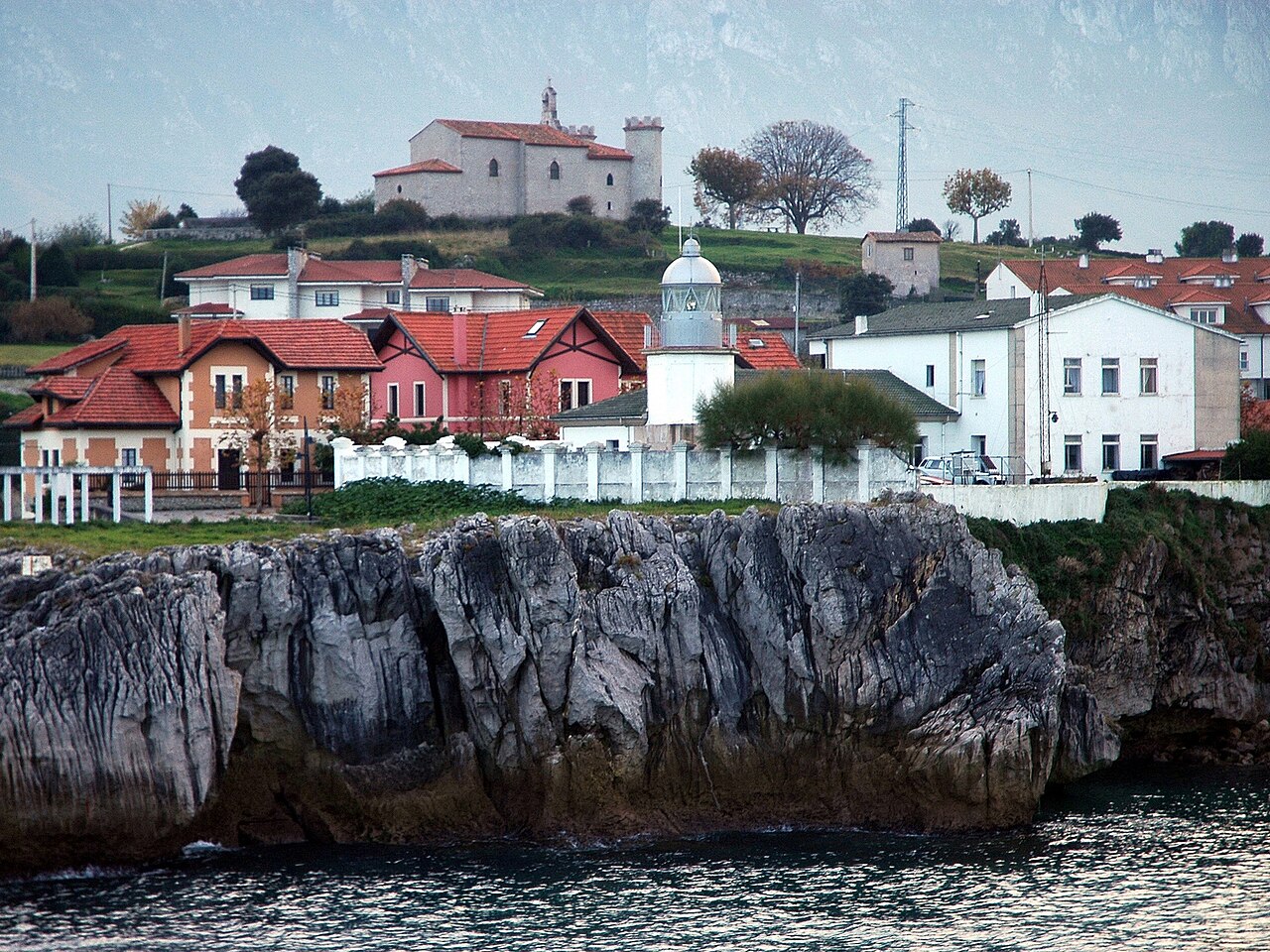
Image Source: Wikimedia Commons
Panoramic Viewpoints and Photo Opportunities
This coastline is packed with spots for amazing photos or just soaking in the view. My favorite lookout was at San Antolín’s rocky headland, where the cliffs hang right over turquoise water. Early mornings are best—the light is softer, and you’ll probably have the place to yourself.
The blowholes at Pría are a must when the tide’s high—water shoots way up in the air. Another great spot is the viewpoint at Andrín, which looks out over a long, wild beach surrounded by green hills.
Some top photo spots:
- Gulpiyuri Beach: Hidden inland, with clear water.
- Torimbia Beach: Huge bay, tall cliffs.
- Bufones de Pría: Catch the blowholes in action.

Image Source: Flickr
Essential Gear and Safety Advice
Being prepared made the walks way more fun. I always wore sturdy hiking shoes—parts of the path get muddy or slick, especially near the bufones. A light rain jacket is a must because the weather can flip fast.
For day hikes, I packed water, snacks, my camera, and a charged phone for maps. I learned to check the tide times before heading near the bufones—getting too close at high tide is a bad idea! Cell signal worked in most spots, but I always carried a paper map too.
Quick essentials list:
| Item | Why It’s Needed |
|---|---|
| Hiking shoes | Uneven, rocky paths |
| Rain jacket | Unpredictable weather |
| Water & snacks | Few shops on route |
| Phone & map | Navigation, safety |
| Sunscreen & hat | Limited shade |
Local Flavors and Seaside Town Charm
Llanes isn’t just about cliffs and wild surf. The town’s seaside traditions, local flavors, and friendly vibe bring the coastline to life in ways you just can’t see on a map.
Sampling Asturian Cuisine by the Shore
I wandered into a chigre—one of those classic Asturian cider bars—just a few steps from the port. Fishermen chatted with visitors, everyone sipping crisp apple cider.
Locals pour sidra from above to make it foam, and honestly, it’s more than just a drink here. It’s a whole ritual. I watched them handle those heavy green bottles with this effortless skill, and I couldn’t help but want to give it a shot.
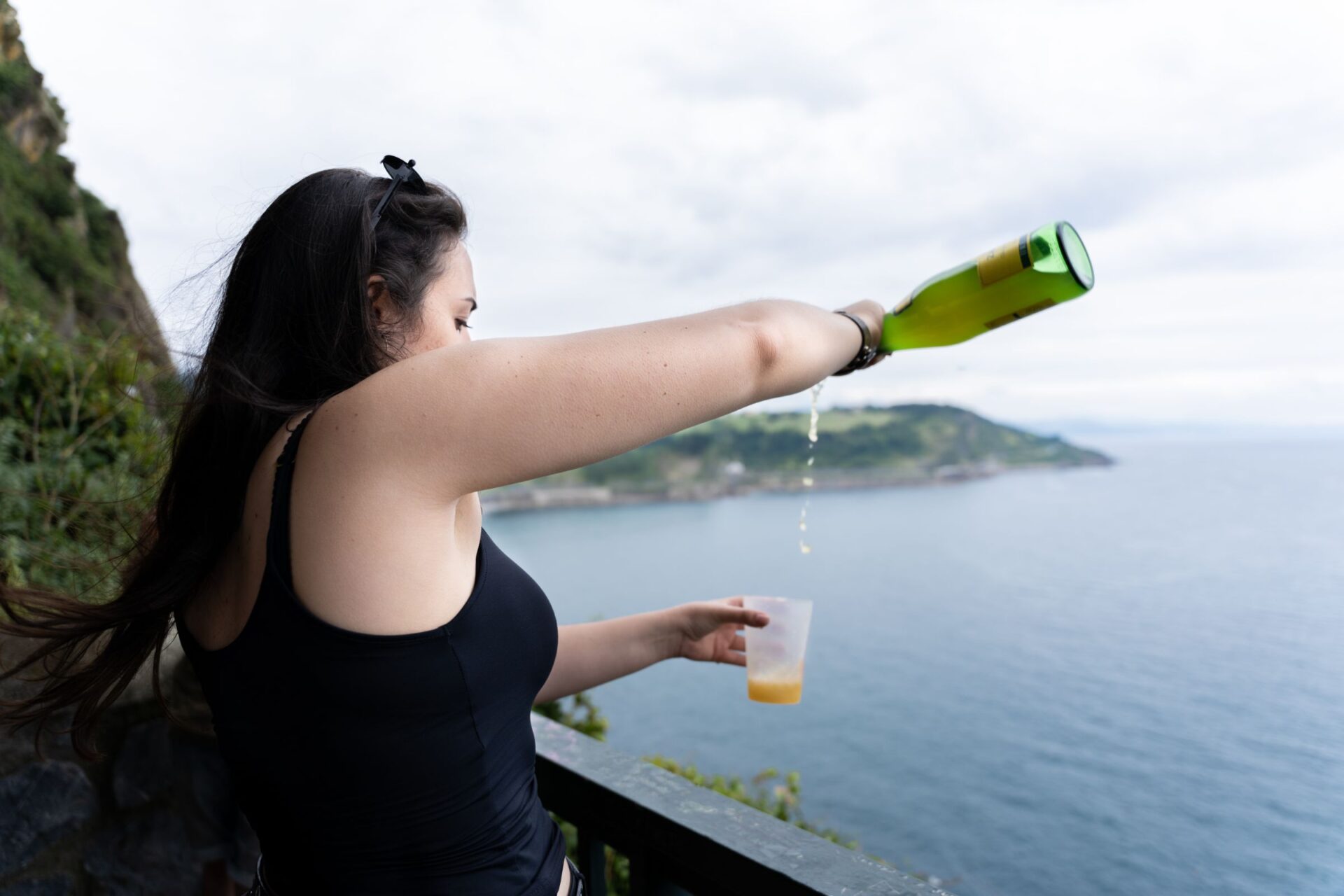
Seafood? It’s everywhere. I dug into fabada asturiana, that rich bean stew with chorizo and local clams.
Plates came piled high with anchovies, octopus, and fried calamari. Every bite tasted like the Cantabrian Sea itself.
Most menus offered queso de Cabrales, that creamy blue cheese from the mountains nearby. They put it in steak sauces, spread it on bread, or served it with walnuts and honey.
My favorite place had a view of the waves. I sat there for ages, taking my time with lunch, surrounded by the smell of saltwater and grilling fish.
Charming Villages and Encounters with Locals
I wandered through Llanes’ old town and found myself in narrow streets painted in soft pastels. Bakeries and tiny grocers lined every corner.
Locals called out to each other by name. I paused to watch a group playing bolos, the region’s traditional bowling game, right next to the church.
In a small square, I chatted with a woman who sold homemade apple pastries. She told me stories about fiestas and those long summer evenings when music just fills the plaza.
There’s a welcome here that actually feels real. Even when I just asked for directions or bought some fresh fruit, the conversations turned friendly fast.
On the coastal paths between villages, I bumped into fishermen fixing their nets and kids gathering shells. Their lives seem so closely tied to the sea and the land.
Every stop brought a new connection or a local tip. Honestly, it’s hard not to feel at home here, even when you’re far away.

